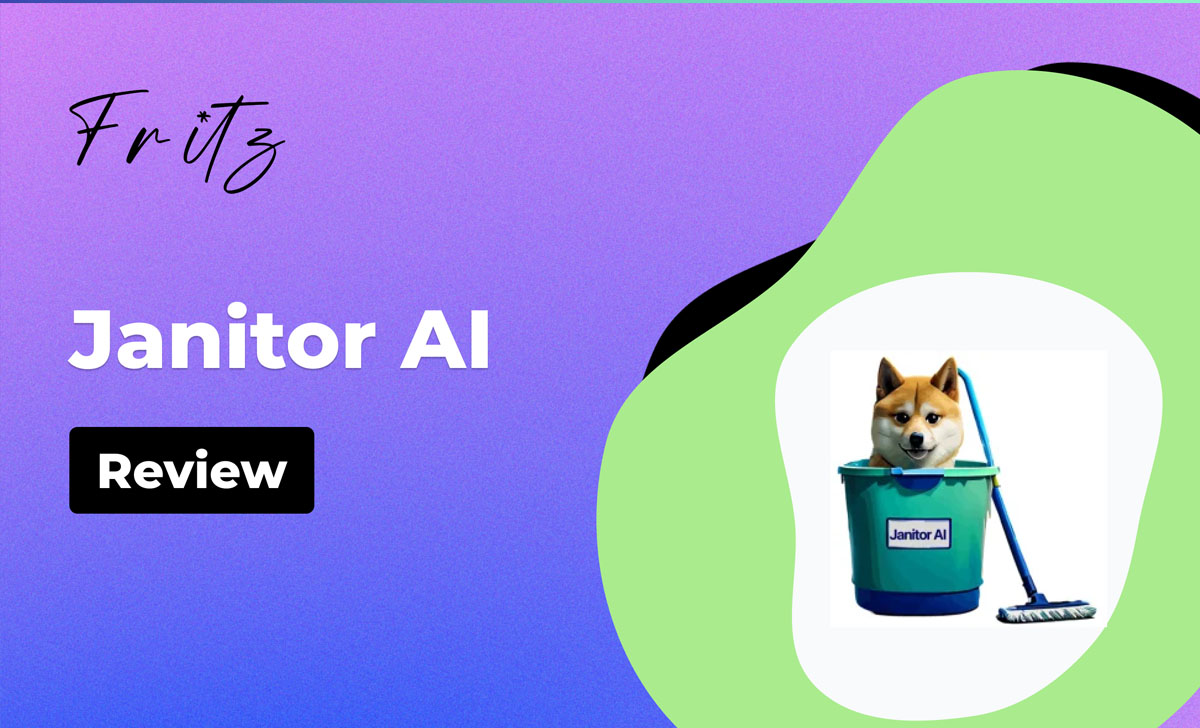Companies across all industries are exploring the opportunities AI holds for their business models. While identifying AI use cases is challenging, actually implementing them adds a whole new layer of complexity.
In this process, one of the most fundamental questions you have to answer is whether to build or buy. As we’ll see in this post, the answer to this question is rarely a simple “either / or” decision.









